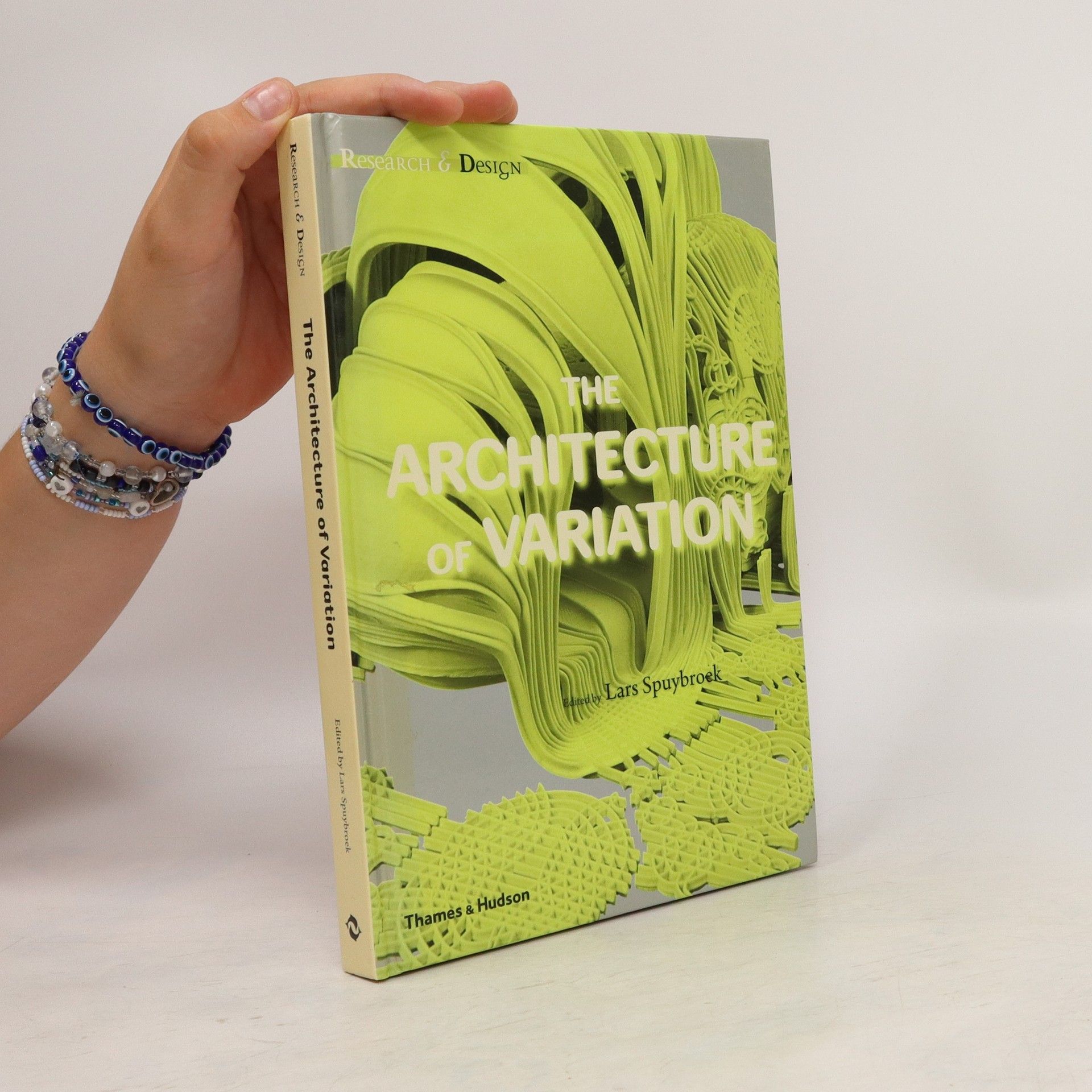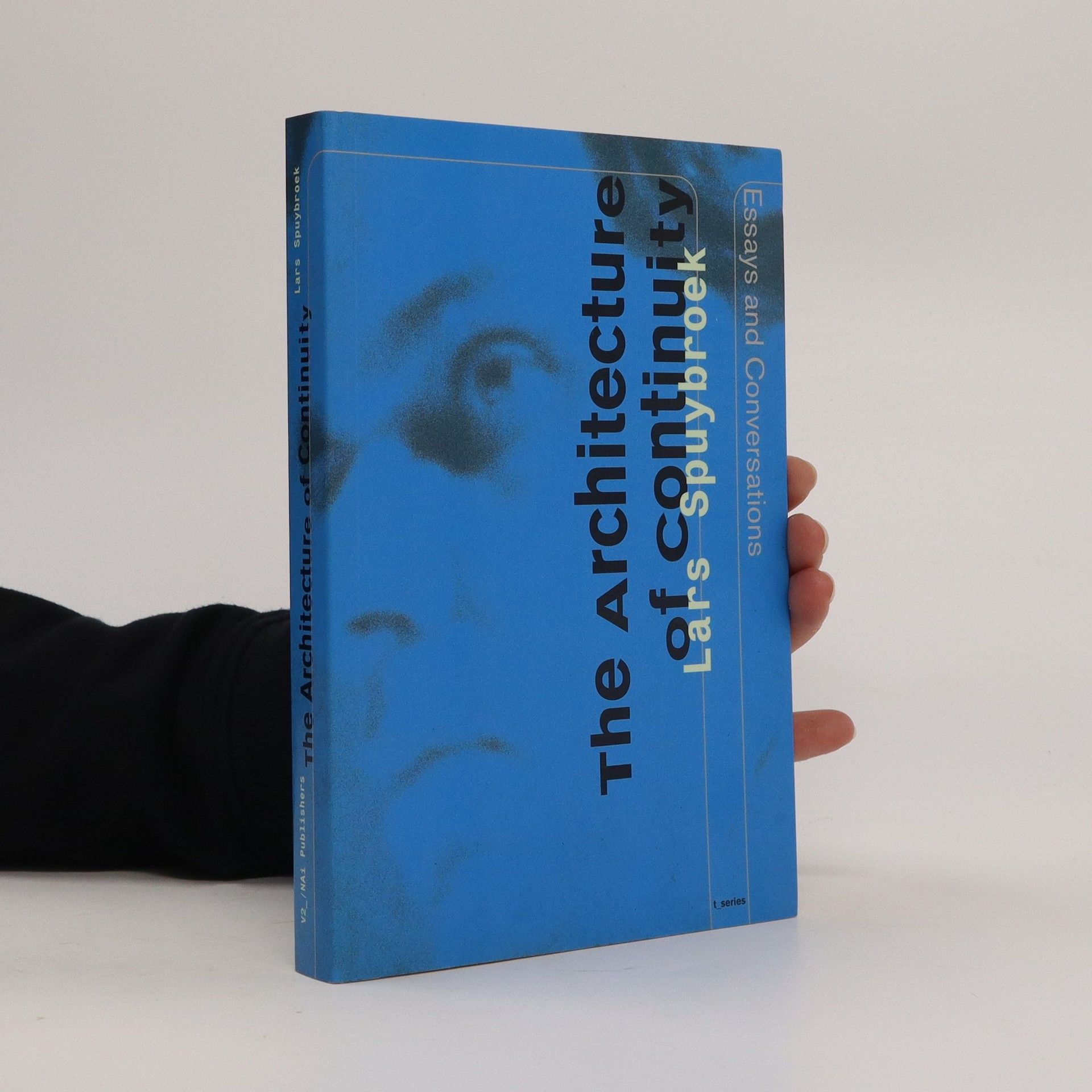The Architecture of Continuity
- 291pages
- 11 heures de lecture
In the introduction to this first theoretical account of the Rotterdam architecture and art studio NOX, principle Lars Spuybroek writes, "That buildings are made of elements does not mean that architecture should be based on elementarism; we should rather strive for an architecture of continuity that fuses tectonics with experience, abstraction with empathy and matter with expressivity." Building on Gottfried Semper's materialist theory of architecture, Spuybroek takes us from a philosophy of technology to a surprisingly historical argument that recalls John Ruskin, William Hogarth and Wilhelm Worringer. The book includes several probing essays alongside in-depth conversations in which we can follow Spuybroek as he refines and sharpens his arguments. In addition to running NOX, Spuybroek is a professor at the Georgia Institute of Technology in Atlanta.



